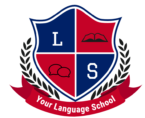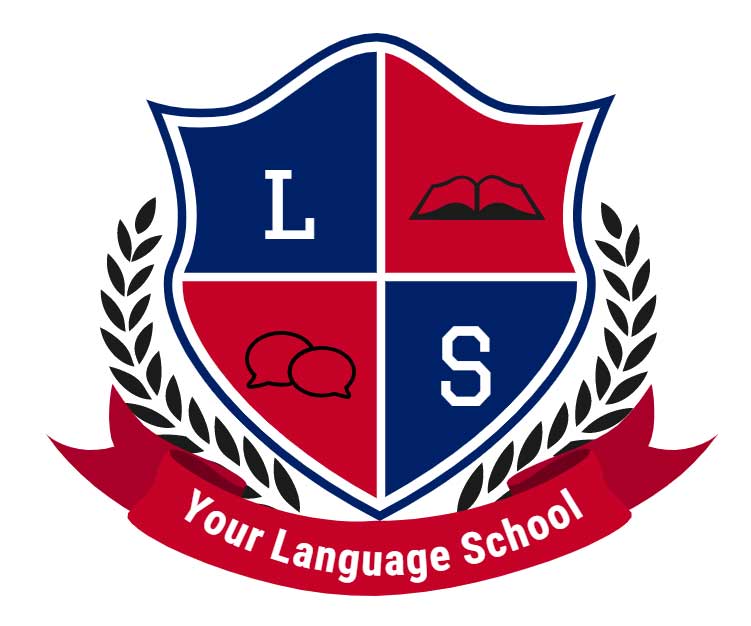In a blog post published a few months back, we shared some helpful tips in building one’s vocabulary for the IELTS. (Read the full post here!)
Today, we are sharing a few more, which, this time, are presumed to be especially helpful to visual learners. That is because at Your Language School and Private English Class, we acknowledge that students learn differently, and thus thrive and effectively acquire new knowledge through varied activities and learning styles.
That said, here are some effective and exciting ways for visual learners to pick up new words and expand their vocabulary. Whether you are looking to reinforce your vocabulary skills for an upcoming exam or interview, college or university preparation, or simply for self-improvement, we know that these activities are going to be something you will particularly enjoy and find truly rewarding.
Of course, other kinds of learners are more than welcome to try these out, too!
But first, what is a visual learner?
Fairly self-explanatory, a visual learner is one who understands and effectively absorbs knowledge through images, pictures, graphs, colors, and maps—basically any form of visual stimulation. Because these kinds of learners need to see information in order to remember and process it, it is ideal that they utilise graphs, charts, diagrams, and other visual tools to facilitate learning.
The other types of learners, apart from visual learners, are auditory, and tactile or kinesthetic learners. As can be surmised from these terms, these learners have their preferred method of acquiring, processing, and retaining knowledge. Schools and educators, then, are encouraged to adopt different learning strategies to accommodate students’ unique styles, strengths, and skills.
What are some tools and techniques that can help visual learners thrive in vocabulary learning?
As mentioned above and as can be seen from the title of this blog, charts and mind maps can be used to reinforce one’s vocabulary skills!
1. Four-Corner Vocabulary Chart
The four-corner vocabulary chart is a simple tool that allows the learner to explore a number of aspects of the vocabulary word. Typically, educators of young language learners at the basic level of the language learning process use this strategy, but it can most definitely be modified to fit the language level and skill of every student.
The basic and most common four-corner vocabulary chart asks the student to write the vocabulary word, its definition in the own words and understanding of the student, its use in a proper sentence, and an illustration, if applicable. It looks something like this:
To increase the difficulty level of the four-corner vocabulary chart, the student may be asked to instead write the word’s:
- part of speech,
- pronunciation,
- verb tenses if the vocabulary word is an action word,
- synonyms or antonyms (especially for adjectives or abstract nouns), and so on.
Its versatility makes this chart a favourite among visual language learners, apart from its vital feature of allowing users to compartmentalise and visualise information for effective learning.
2. Mind Maps
Also referred to as ‘spider grams’, mind maps help in organising items into categories, much like how our brains work when we recall and process information. Thus, when a language learner groups related things together, he or she is able to recall better, with much ease and success.
A mind map would usually look something like this, depending how much the learner can think of related words and ideas:
3. Vocabulary Chart for Reading
It cannot be denied that reading is one of the most effective ways to learn new words. As we have pointed out in a previous post, with habitual reading comes the consistent exposure to new words, mastery in spelling, and familiarity with proper word usage.
To make sure that learners, particularly visual language learners, acquire vocabulary knowledge effectively while reading, another helpful tool is a vocabulary chart. Basically, it is a visual presentation of a vocabulary word from the text and, of course, important aspects of each word to be absorbed.
Much like the first two visual aids discussed above, a vocabulary chart for reading can be modified to fit the needs and skill of every learner, but it basically would look something like this:
Want more helpful tips and learning strategies? Enrol in any of our English classes!
Private English Class and Your Language School’s in-house teachers use different teaching techniques to accommodate the language level of every learner, and are definitely excited to share many other effective study tips with you.
We have more to offer, and we are looking forward to being part of your English language proficiency, improvement, and growth.
To start, check our available courses by clicking this link.
You may also contact us by giving us a call or filling out the form here. We will get back to you as soon as possible.




